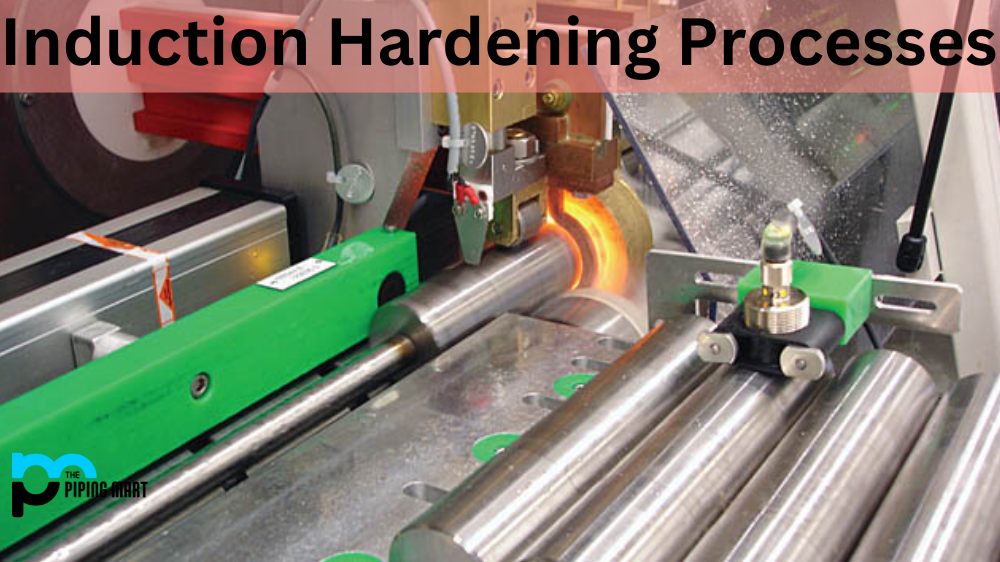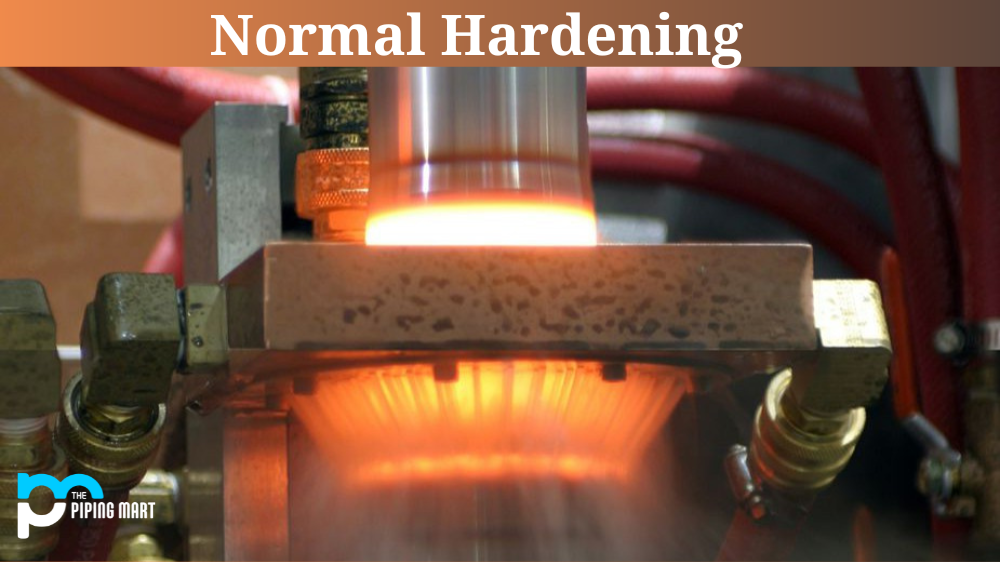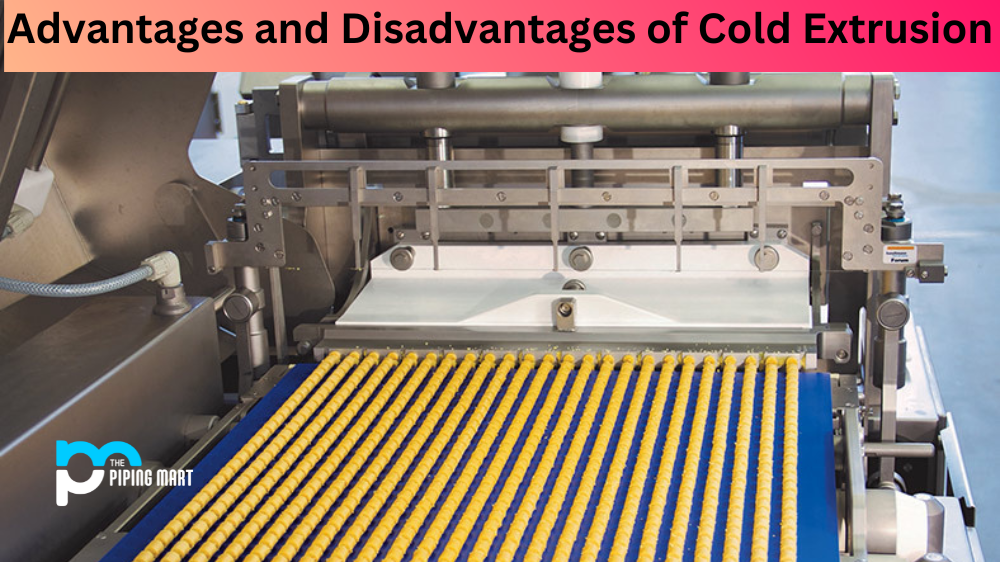Quenching is one of the types of metal heat-treatment method. This process is generally used by almost all manufacturing industries. The metal heat treatment process involves many steps in which quenching is involved. The rapid cooling of metal is usually known as Quenching. This process is applied to improve the mechanical properties of metals in its initial state. While using Quenching on any metal, metal or alloy is ignited to a temperature that is above its recrystallization temperature and below its melting temperature. The metal is then kept at this temperature for a period of time.
During this time, metal soaks the heat. When the metal soak desired heat, it is quenched continually until it comes to room temperature. The metal was also quenched for an extended period of time to cool the metal completely by distributing the effect in the thickness of the material. In the quenching process, the role of the forming tool is to remain closed or to involve in the process for a certain amount of time. This happens until the metal cooled down from around 900 °C to under 400 °C. The cooling or quenching process makes metals harder and also enhances strength.
The quenching process is performed to cool the metal, which also enhances the quality parameters. There are different media for cooling the metals which are used in the quenching process. Each media has a unique role in the process and also has its own quenching properties. The selection of metal is depending on the type of metals and other parameters. While choosing the type of media, there are few considerations that need to check such as quenching media replacement, quenching speed, quenching media environmental concerns, quenching media price, etc.
The different kinds of quenching ways or media are:
- Air
Air is one of the traditional and convenient quenching media used, which is perfect to cool metals in the quenching process. Air is affordable or free, which is one of the main advantages of this media. Any type of material that can be cool at room temperature by air. Air quenching is also more purposely made when it can be compressed and forced around the metal. Air quenching is done by still air as well as by forced air. Compressed air can cool quickly than still air. This method of quenching is reasonable and adequate for cooling and also to increase mechanical properties. - Oil
Oil is another quenching media for cooling the metal. Oil can quickly cool the metal than compressed air. While applying oil quenching, a heated part of the metal is dropped into a container or tank that is loaded with any variety of oil. The oil can also be sprayed into the parts of metals. Different types of oil are usually utilized for this process, which is depends on the purpose because of their changing cooling measures and flashpoints. This method is widely used because of its benefits and quick results. - Water
Water is also affordable and convenient media for quenching like air. This media is capable of quenching heated metals immediately. Water can cool a metal faster than other media like air and oil. Similar to oil quenching, in the water quenching method, heated metal is submerged in a tank that is filled with water. Water can also be sprayed on heated parts of metal. Water is flame resistant, and this feature makes it more suitable than other quenching media. - Brine
Brine is another suitable quenching method that involves a blend of water and salt. Brine quenching is faster than any other media like water, air, and oil. The mixture of salt and water can control the formation of air globules when it is put in contact with heated metal. The maximum surface area of the heated metal can be covered with brine which helps to cool it faster.
All these quenching processes are applied for all types of metals and alloys as per the requirements.

Pipingmart is B2B portal specializes in industrial, metal and piping products. Also, share latest information and news related to products, materials and different types grades to help business dealing in this industry.




